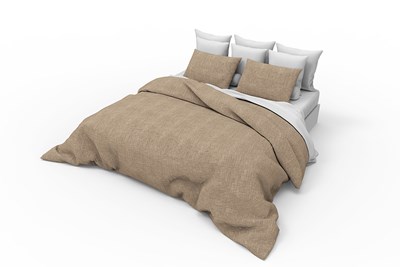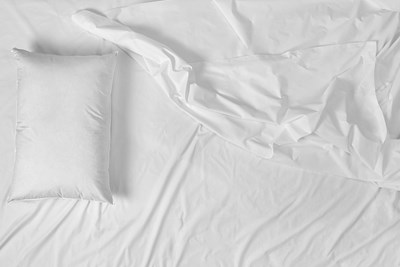Bedwetting is a common occurrence in young children who are making the transition from diapers to underpants. Although it ceases in most children by age seven, a very small percentage of kids continue after age eight. Here are a few terms to help you understand bedwetting.
- Nocturnal Enuresis: Nocturnal enuresis is the technical term for wetting the bed. Enuresis is the medical term for urinating involuntarily, and although it is essentially a synonym for urinary incontinence, it refers to children in particular. And while there are several kinds of enuresis, the nocturnal sort is specific to night time. Nocturnal enuresis also refers more specifically to childhood bedwetting after the point when most children’s nervous systems and urinary tracts have developed sufficiently to have good control over urination. It is, however, very normal in young children, but can also be indicative of something more serious if it continues on.
- Primary Bedwetting: Primary bedwetting refers to nocturnal enuresis that goes on over time without stopping. For example, if the issue is an undeveloped nervous system that fails to register the sensation of needing to urinate sufficiently to wake the child, that will continue until the nervous system fully develops.
- Secondary Bedwetting: Secondary bedwetting refers to nocturnal enuresis that stops for at least six months before starting up again. It is more often indicative of an underlying cause than primary bedwetting. Causes of secondary bedwetting might include high levels of stress or abuse, diabetes, urinary tract infection, or obstructive sleep apnea.
- Antidiuretic Hormone: The antidiuretic hormone, or ADH, is the chemical that makes the body produce less urine during sleep. In some children, bedwetting occurs because of insufficient levels of ADH. Thus, instead of reducing the amount of urine produced in the evening and at night, they have just as much to dispose of as during the day -- but with much smaller bladders than adults.
- Desmopressin: Desmopressin is a medication used to increase levels of ADH in the body. Basically, it encourages the body to kickstart its own, natural hormones, thereby helping to decrease bedwetting. Nonetheless, it can come with some serious side effects if your child drinks too much liquid right before or after taking it. Low sodium levels and seizures have been seen in conjunction with utilizing desmopressin to reduce bedwetting. However, it may be a good option for occasional use, such as at a slumber party when wetting the bed can be extremely psychologically detrimental.
- Moisture Alarm: Moisture alarms are small pads that connect to an alarm; when it senses moisture, the alarm goes off, alerting the child sufficiently to wake up and stop urinating until they can get to a toilet. It can take a few weeks for this to be effective, particularly if the child sleeps hard enough that the alarm doesn’t wake them up.
- Anticholinergics: Many children have problems with wetting the bed because they have such small bladders. Anticholinergics are used for incontinence at almost any age. Essentially, it reduces the contractions the bladder gives out, allowing the child to hold more urine for longer periods of time. In children, these are generally reserved as a last ditch effort.




